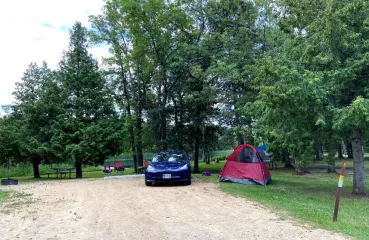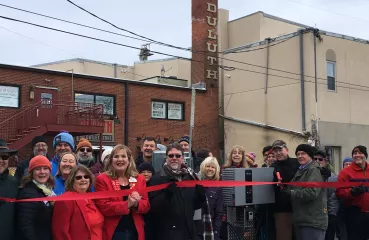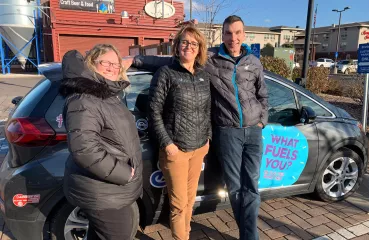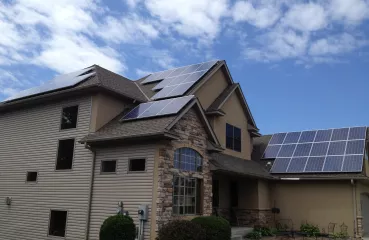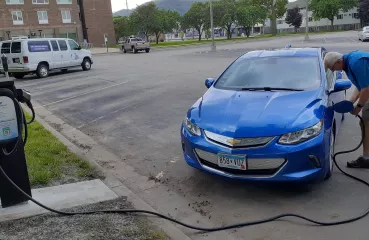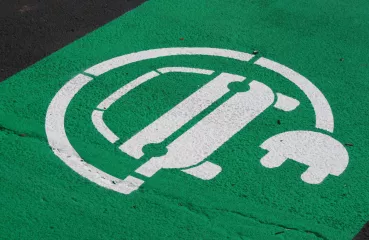Electric vehicle (EV) ownership in Minnesota is on the rise: the number of EVs registered in the state more than doubled between 2017 and 2019, rising to over 10,000 (just less than 2% of all vehicles).
To get from A to B, they sometimes need to charge away from home. According to the U.S. Department of Energy's Alternative Fuels Data Center, there are 335 public electric vehicle charging stations in Minnesota where these EVs can charge, but only 125 of those are outside the 7-county metro area, sometimes causing “range anxiety” in rural areas. Winona resident Paul Schollmeier says he has shied away from buying an all-electric vehicle for this very reason: “Sometimes I need to get to Mankato and back, and there simply aren’t fast charging stations along the route.”
The Southern Minnesota Municipal Power Agency (SMMPA) and its member municipal electric utilities will be helping solve this problem when they increase the number of EV charging stations in greater Minnesota by almost 50% this year.

